MIT students future-proof furniture as Emeco seeks ‘The Next 150-Year Chair’
‘The Next 150-Year Chair’ explores MIT students’ material adventures and visions for long-lasting furniture, at Emeco House, Los Angeles
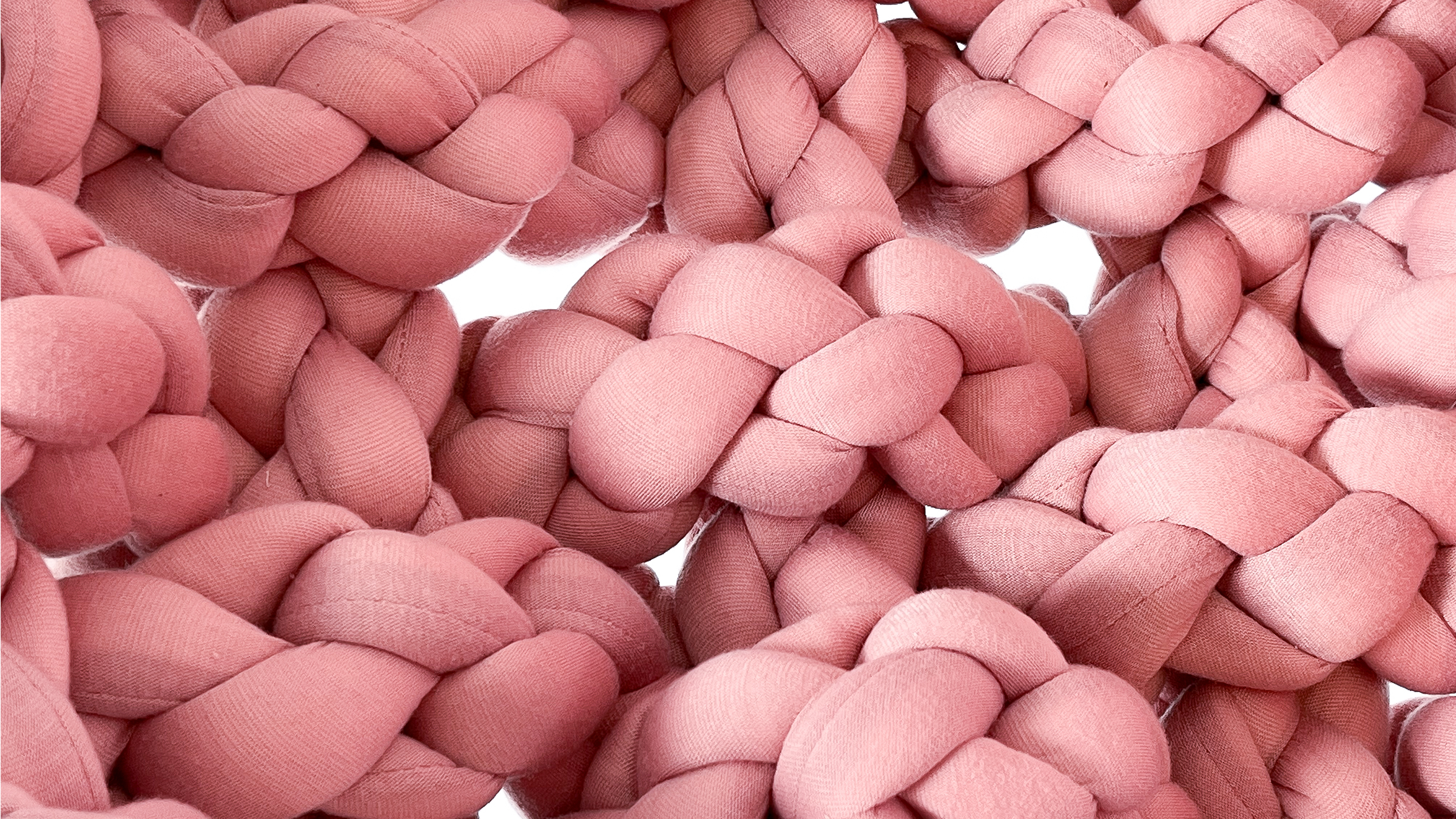
Following a mentoring programme led by American design company Emeco alongside the Massachusetts Institute of Technology (MIT), five student researchers have created their visions for ‘The Next 150-Year Chair’, which are on show at Emeco House in Los Angeles from 14 –18 November 2022.
Emeco was established, in 1944, on a foundation of quality craft. The enduring success of its ‘1006 Navy’ chair of the same year, designed in aluminium for a long life – 150 years to be precise – on a navy ship, remains a marker of the company’s structural expertise, while collaborations with prominent designers such as Philippe Starck and Naoto Fukasawa highlight its respected position in the design world. In spring 2022, Emeco united with Jeremy Bilotti at MIT to deliver an advanced product design course – ‘The next 150-year chair.’
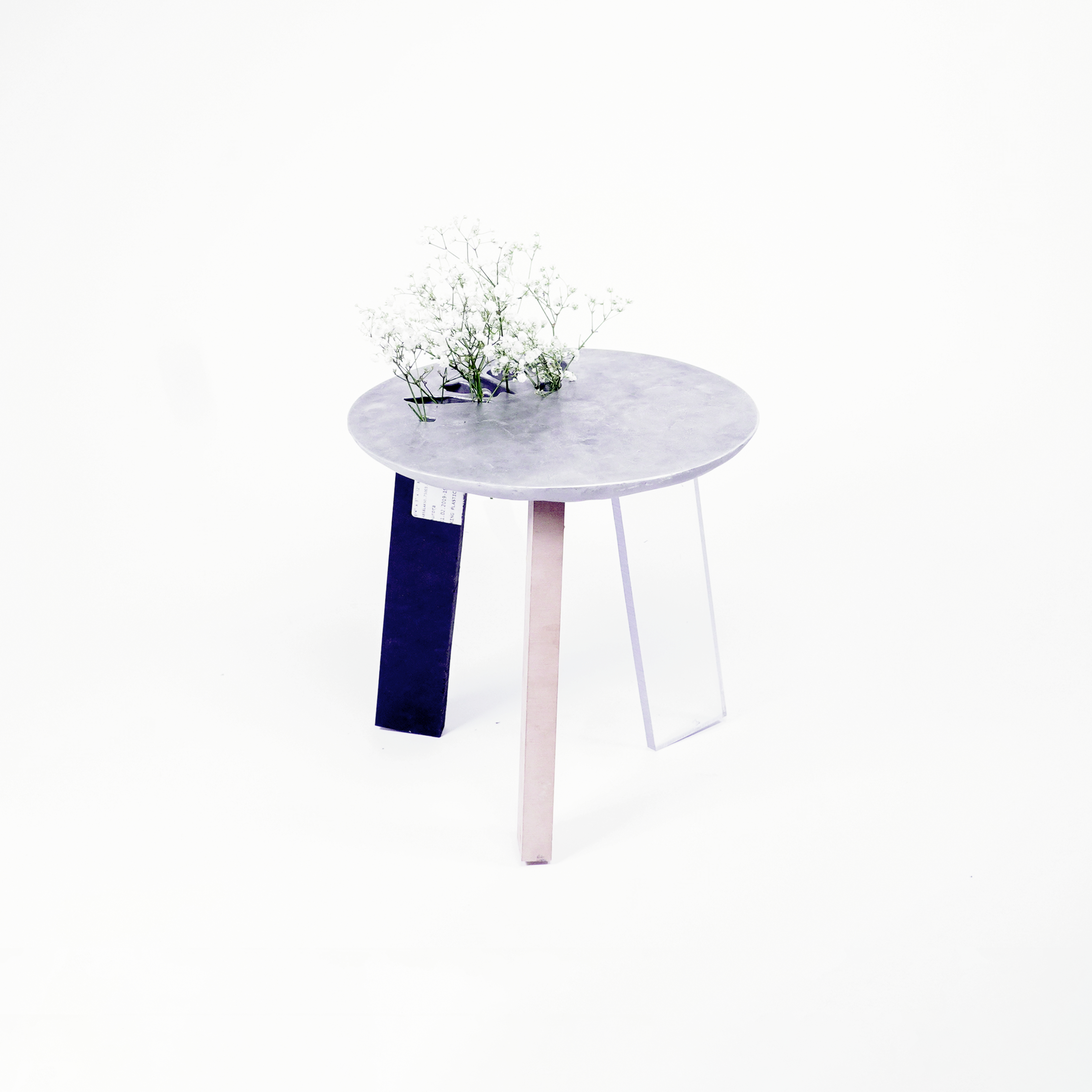
‘La Junta’ by María Risueño Dominguez is a new furniture product, designed to adapt to a number of uses over time
MIT x Emeco: ‘The 150-year chair’
The course took place at the site of the first formal architecture training in the US, MIT’s Department of Architecture, and looked to envision the future of sustainable furniture and manufacturing. Using a redesign of the ‘1006 Navy’ chair as a starting point, five students from different design disciplines each created a chair, finding new avenues in the function, material and manufacture of their products.
Zain Karsan’s focus was on liquid metal printing, which was used to produce a series of recyclable seats from metal and wood through a variety of form and joinery methods.
Amelia Lee pursued conscious design in ‘The Wable’, which moulds a single recycled HDPE plastic sheet to form a children’s rocking chair. The process for recycling involved shredding a variety of different colours of plastic, and melting them into sheets, uniquely merging colours – visually akin to playdough – to create a sustainably viable seat.
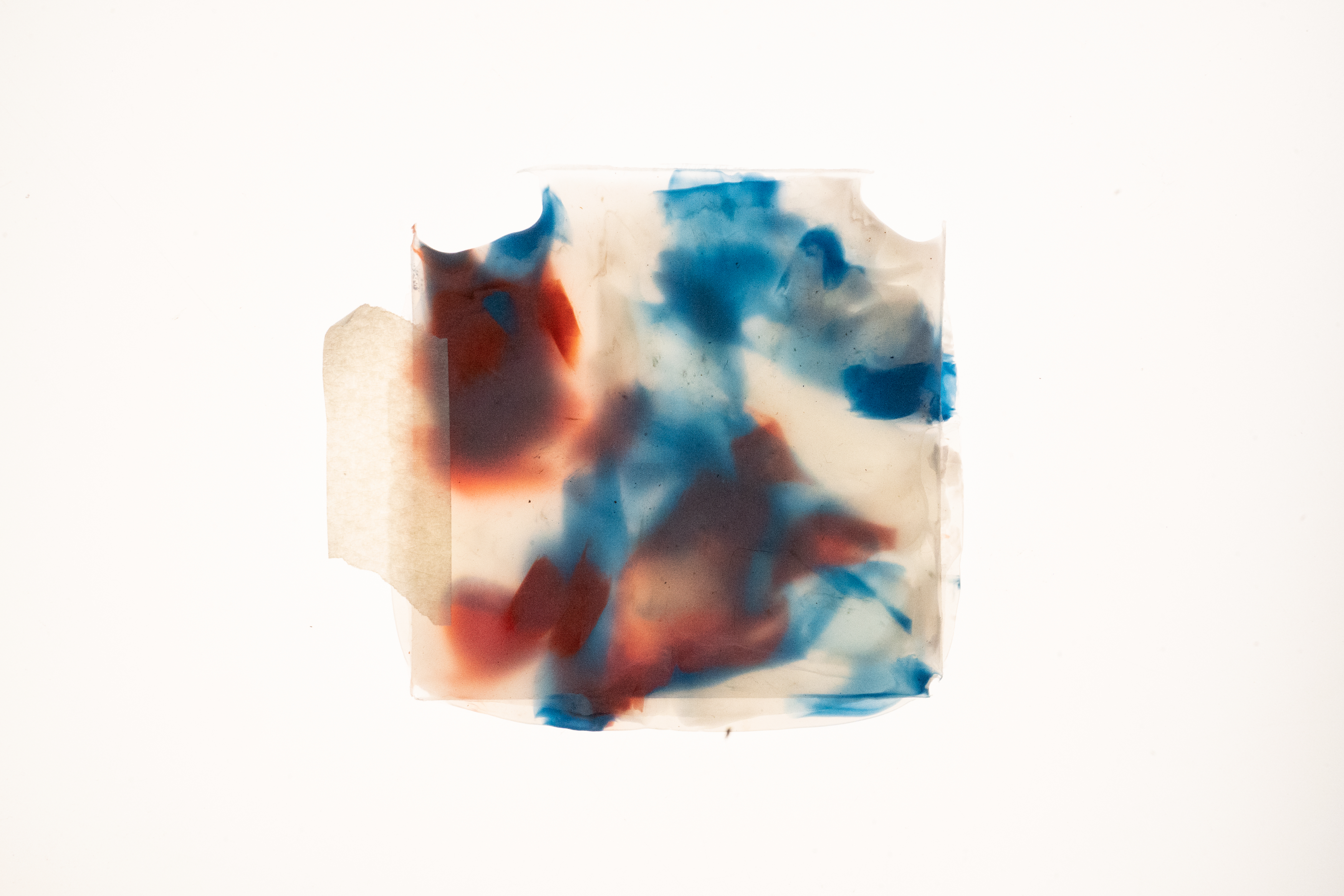
Sample of an experimental, recycled HDPE material for furniture manufacturing, developed by Amelia Lee in MIT’s Advanced Product Design studio (taught by Jeremy Bilotti) for ‘The Wable’ chair
The students’ outlooks on design, stemming from experience in environmental, mechanical, and creative industries, are key to change in furniture design. María Resueño Dominguez feels designers should ‘have a critical position to understand what is essential, what is not needed, and what is harmful’ in order to remain relevant as an industry.
Looking at living rather than seating, Jo Pierre looked through a covid-fuelled lens and spotted a need for privacy. Considering the decreasing living space in cities, his water-based screen creates a partition between its user and the surrounding area. In ‘Enhanced Privacy’, he uses translucent plastic sheets to create variations of the same pattern from indents that, when inflated with water, create cushioning for vision, sound and comfort.
Receive our daily digest of inspiration, escapism and design stories from around the world direct to your inbox.
The projects are showcased at Emeco House, from 14 to 18 November 2022, by appointment.
507 Boccaccio Avenue
Venice, Los Angeles
https://www.jeremybilotti.com/
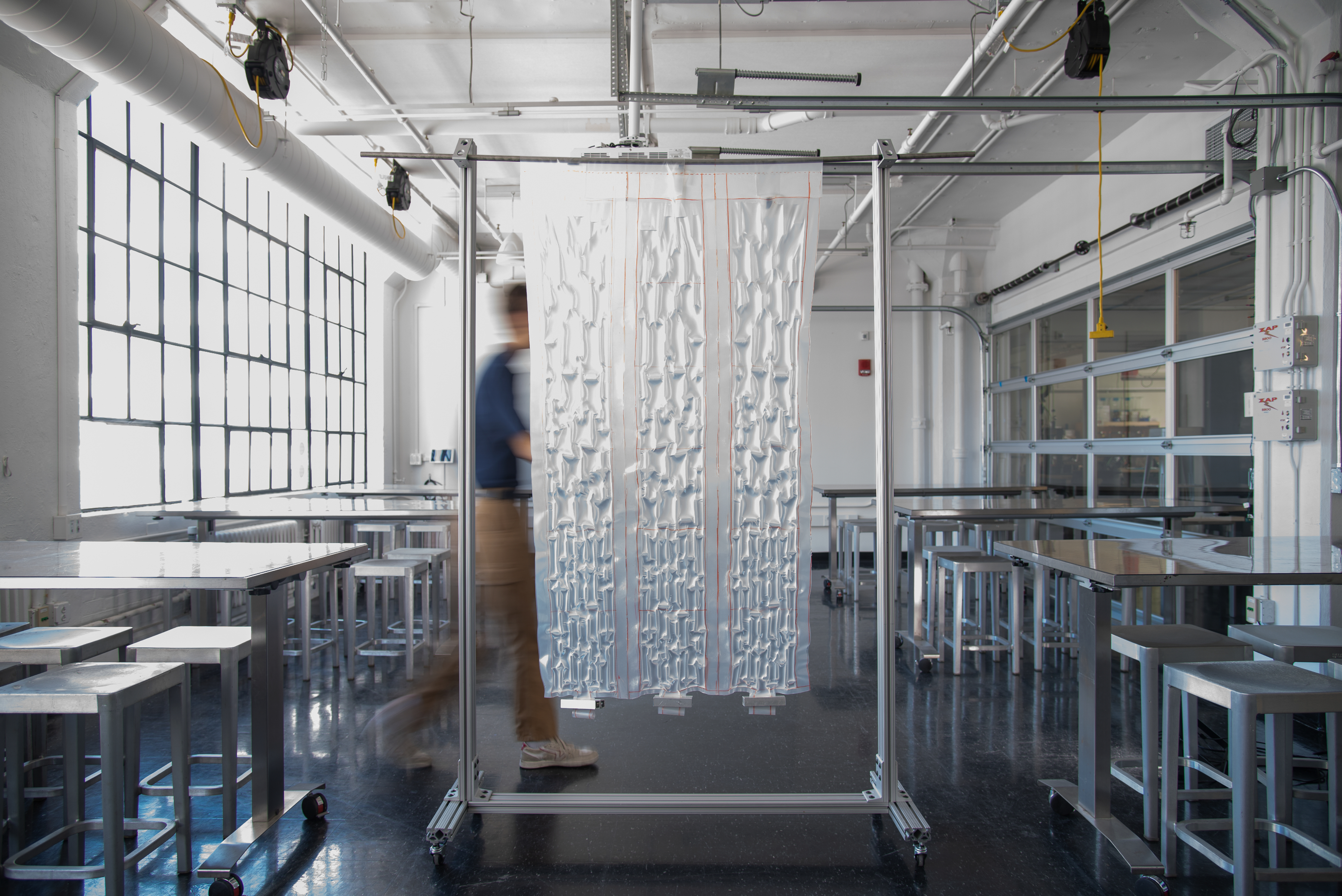
Jo Pierre designed ‘Enhanced Privacy’, a TPU screen to provide visual and sound privacy for close living conditions
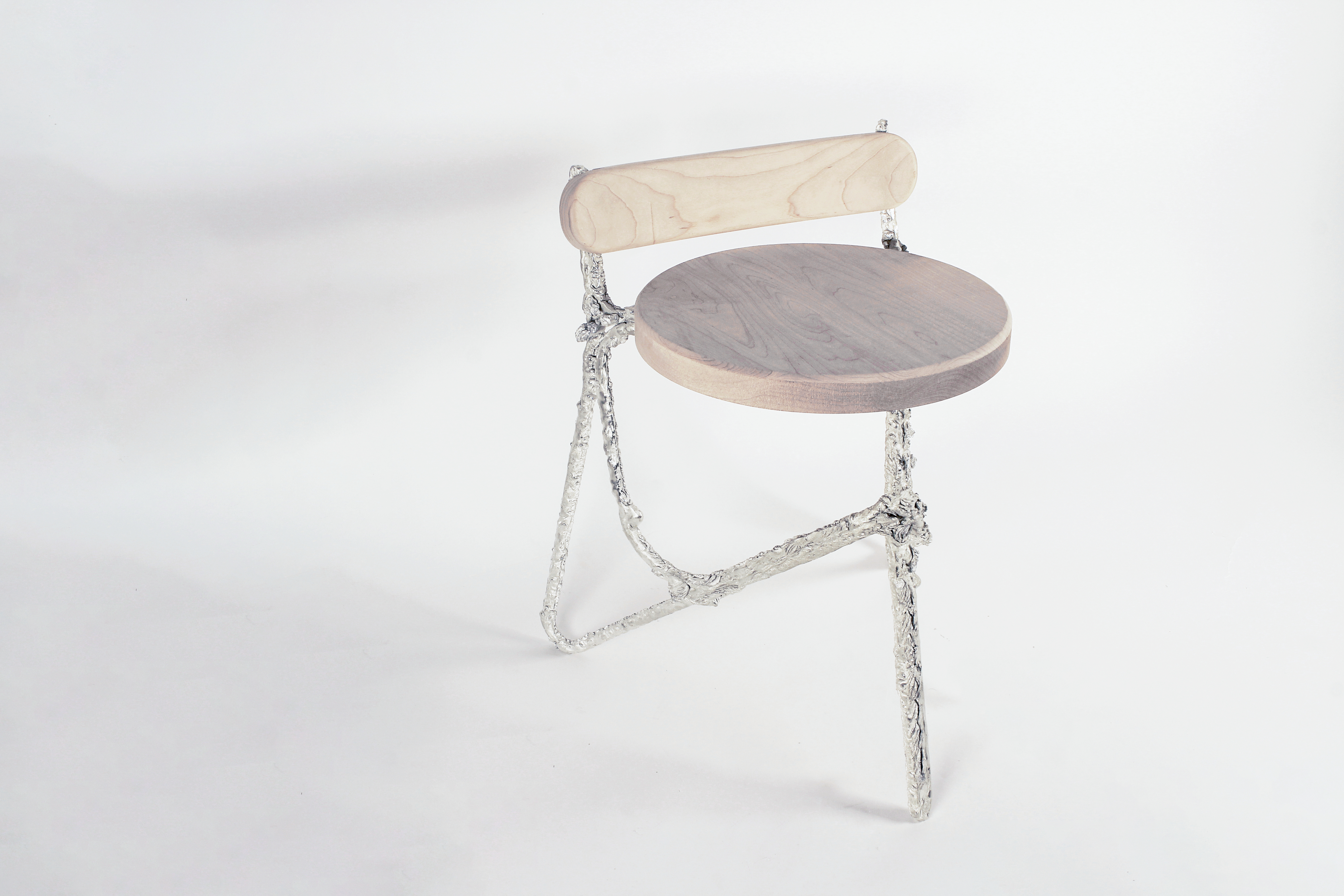
Liquid metal 3D-printed stool, ‘Liquid Metal Design’, designed by Zain Karsan in MIT’s Advanced Product Design studio, (taught by Jeremy Bilotti)
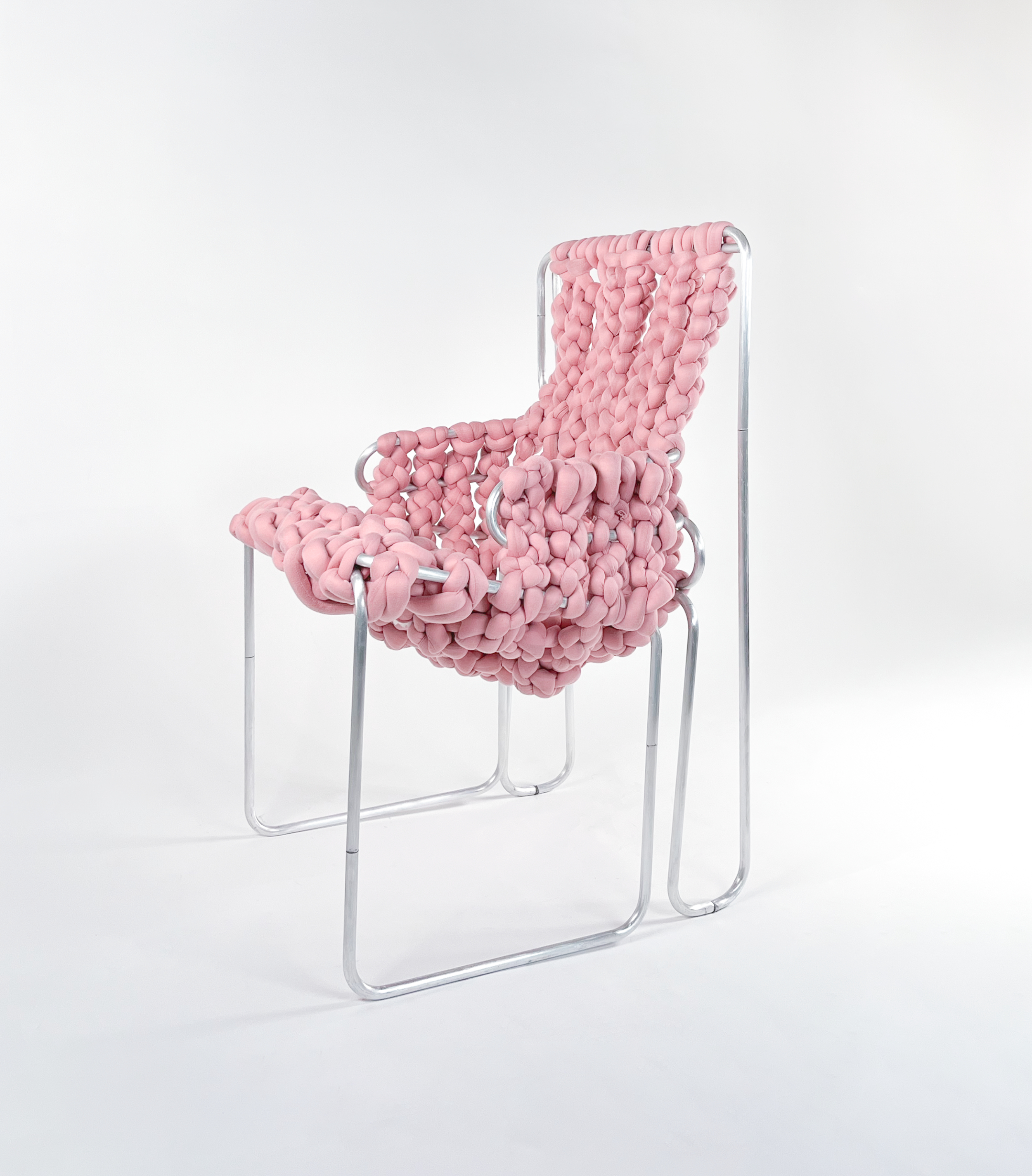
Faith Jones' ‘Re-Woven’ chair, made from recycled cotton and CNC-bent aluminium tube
Martha Elliott is the Junior Digital News Editor at Wallpaper*. After graduating from university she worked in arts-based behavioural therapy, then embarked on a career in journalism, joining Wallpaper* at the start of 2022. She reports on art, design and architecture, as well as covering regular news stories across all channels.
-
 Top 25 houses of 2025, picked by architecture director Ellie Stathaki
Top 25 houses of 2025, picked by architecture director Ellie StathakiThis was a great year in residential design; Wallpaper's resident architecture expert Ellie Stathaki brings together the homes that got us talking
-
 Year in review: the shape of mobility to come in our list of the top 10 concept cars of 2025
Year in review: the shape of mobility to come in our list of the top 10 concept cars of 2025Concept cars remain hugely popular ways to stoke interest in innovation and future forms. Here are our ten best conceptual visions from 2025
-
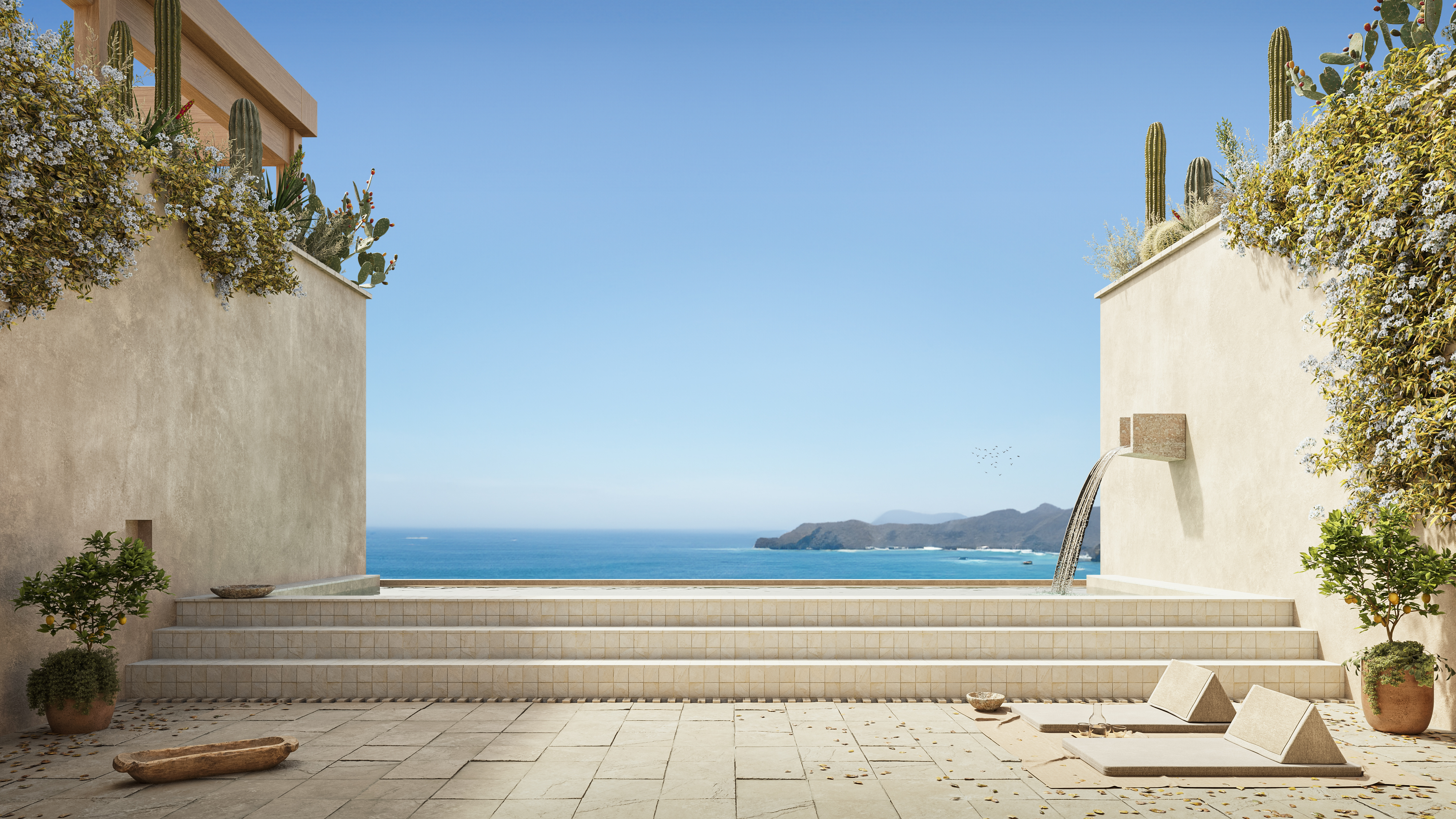 These Guadalajara architects mix modernism with traditional local materials and craft
These Guadalajara architects mix modernism with traditional local materials and craftGuadalajara architects Laura Barba and Luis Aurelio of Barbapiña Arquitectos design drawing on the past to imagine the future